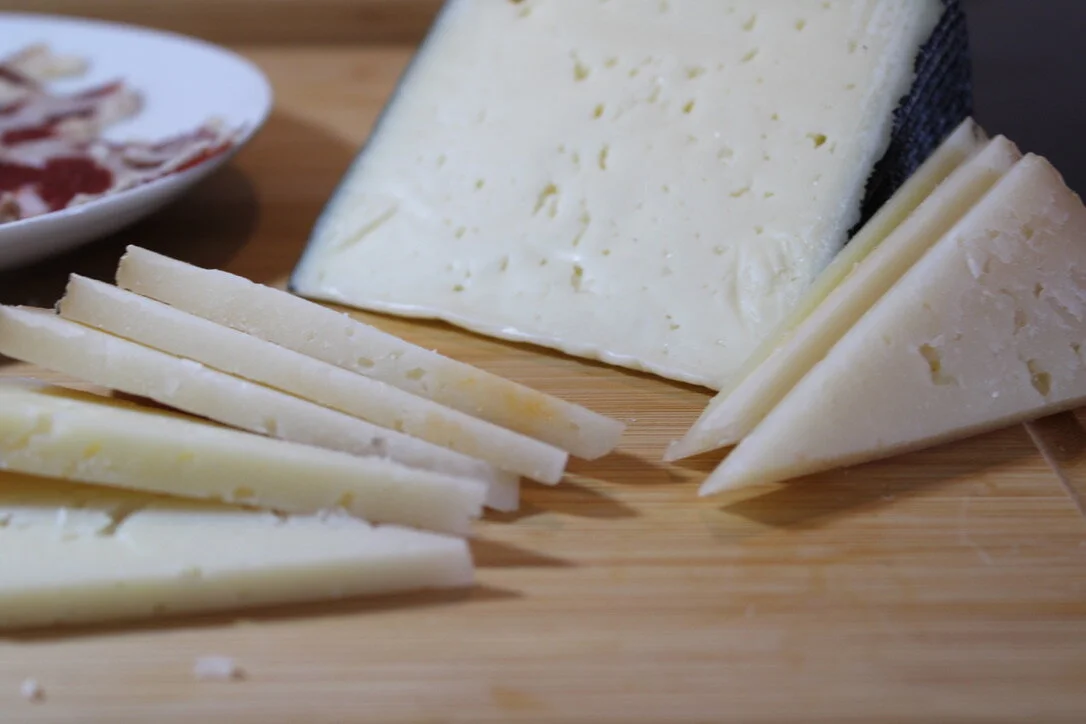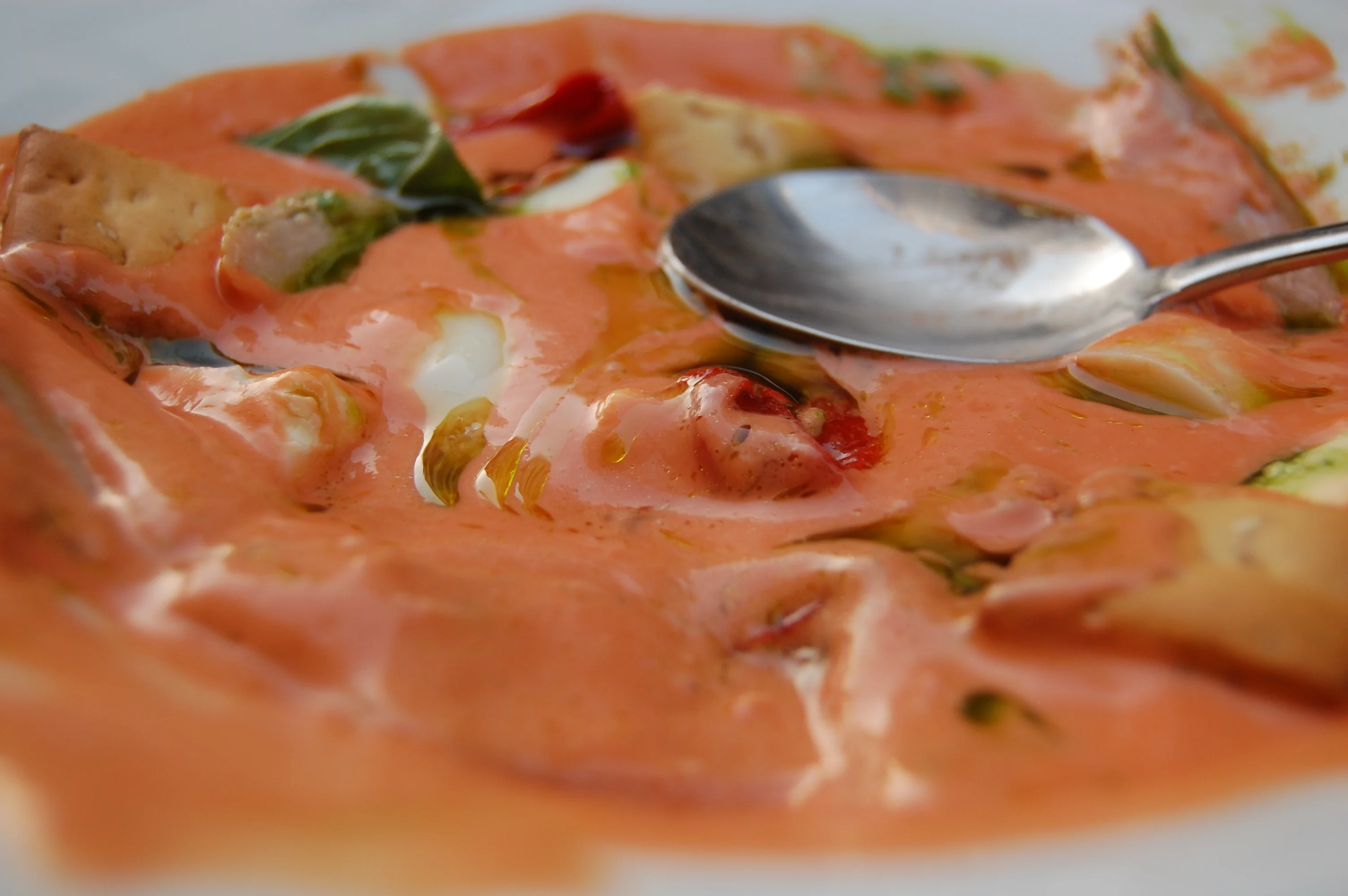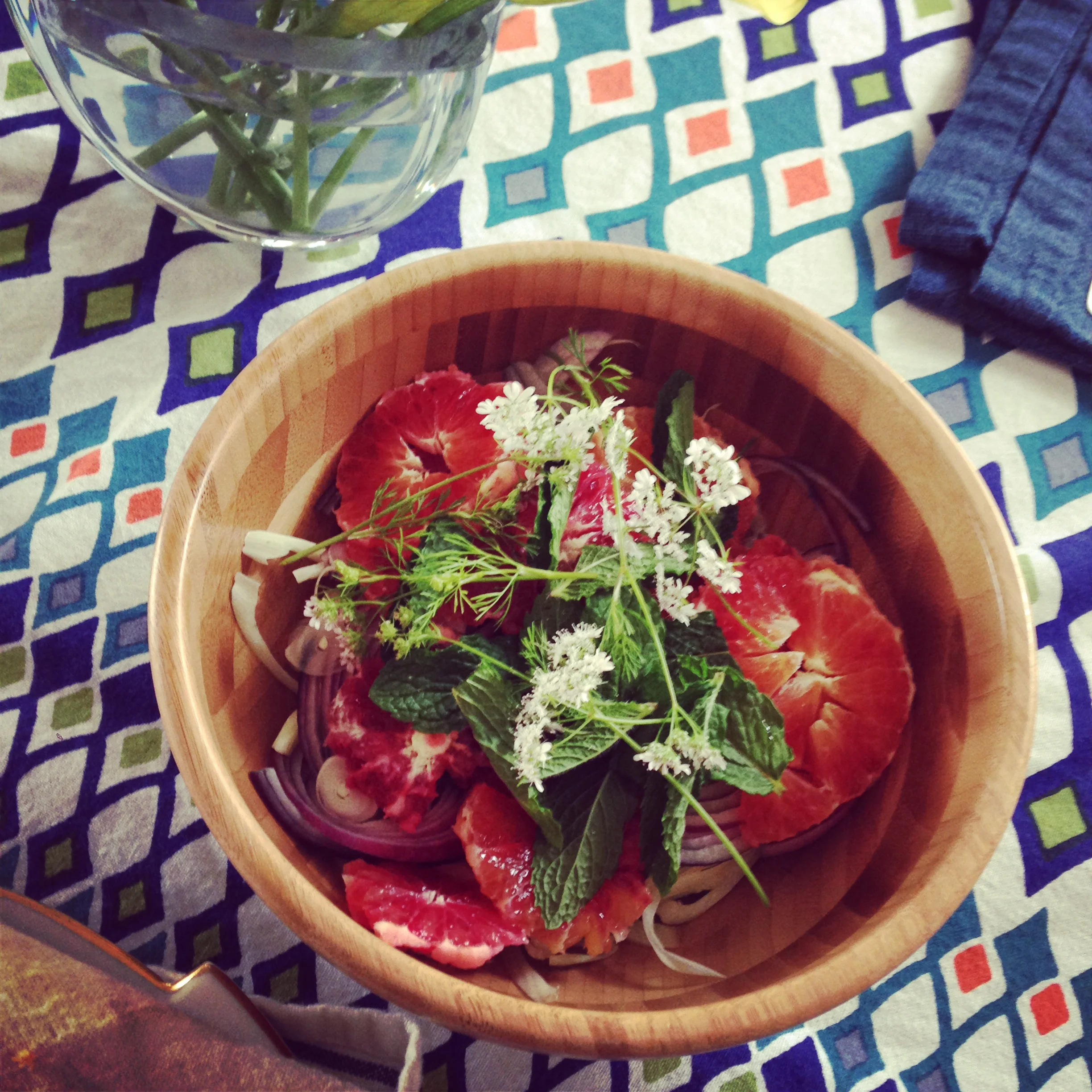Today we’d like to tell you about one of our very favorite beverages, which is in fact so much more than that, as its name has extended to the time of day its served, along with the small bites that go alongside it.
Read MoreAs his time with us and in Spain is coming to a close, Kyle reflects on what his favorite foods have been. Some of them might surprise you!
Read MoreGreetings from San Sebastian, one of my favorite cities in the world. Though I have been coming here regularly for many years, but every single time I am in awe of its beauty.
Read MoreEveryone around here knows gazpacho, the (originally tomato-based) cold soup with has infinite variations. Is it fair to even call them gazpacho, though? I've heard of many sweet versions: melon gazpacho, strawberry gazpacho, peach gazpacho, etc. It's as if the term were being used to describe almost any fruit-based (or watery vegetable: there's also a cucumber gazpacho out there) cold soup.
Read MoreI've been reading a fascinating book, recommended by one of my teachers at Bauman College, called The Jungle Effect.
Read MoreThe word tapas comes from the verb tapar, to cover, and the noun tapa, cover or lid. There are many legends that attempt to explain the roots of tapas, although their true origin is unknown. One of these legends claims that tapas were conceived out of a need to cover one's glass to keep the flies out. But were there really more flies in Spain than in other countries? Others state that tapas "cover" one's stomach, i.e. line it with some food, to protect it from the alcohol. (One of the most valuable pieces of advice an old tavernero gave me when I first arrived in Spain in 1998 was "always eat more than you drink and you'll never get drunk".) Yet another legend says that tapas were meant to "cover" the appetites of field workers; they would nibble on something in order to regain their strength to keep working.
Read More




